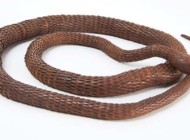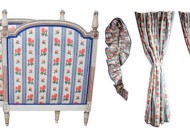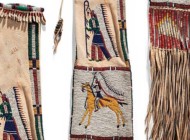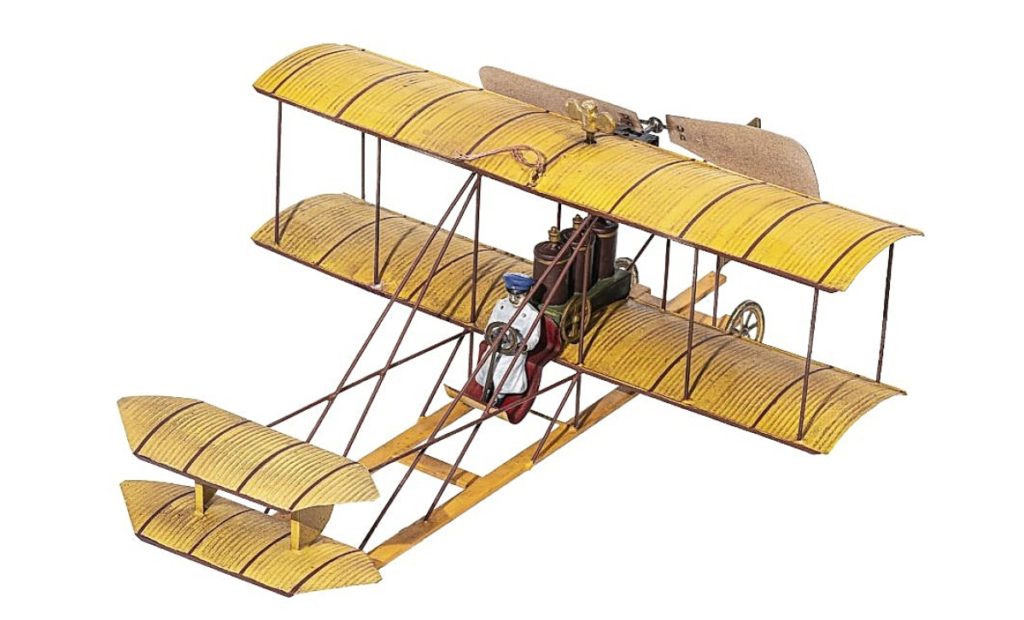
Made by Ernst Plank Company, Nuremberg, Germany, in 1908, this early hand-painted mechanical model bi-plane soared to a final price of $66,000 and was the top lot in the sale. Measuring 20 inches long with a 14¾-inch wingspan, it bore a significant resemblance to the 1903 Wright Flyer. The front elevators, the rudder, fuselage, propellers, motor and wing tips are all virtually identical to those found in all early biplane design.
Review by W.A. Demers, Photos Courtesy RSL Auction Company
WHITEHOUSE STATION, N.J. – Made by Ernst Plank Company, Nuremberg, Germany, in 1908, a Wright Flyer lookalike, an early hand-painted mechanical model bi-plane, 20 inches long with a 14¾-inch wingspan, maneuvered to a final price of $66,000, a record, on March 4. It was the top lot in RSL Auction Co’s Part II of the Kidd Toy Museum collection, which followed Part I on December 3-4, 2022. Catalog notes stated, “Without any doubt, this is one of the most important early toy airplanes to ever be sold at auction. It bears a very significant resemblance to the 1903 Wright Flyer. The front elevators, the rudder, fuselage, propellers, motor and wing tips are all virtually identical to those found in all early biplane design. This plane has been in a prominent collection for many years. The condition for an early hand-painted German toy is very exceptional. When wound, the toy worked very well.”
The overall sale, comprising a total of 644 lots, presented a diverse selection of antique toys and banks, including 350 still banks, many from the collections of Gary Stubbs, Frank Kidd and Alvin Goldstein. A total of between 30-40 world auction records were posted in the sale that blew way past its estimate to finish at $966,000 with a 99 percent sell-through rate. In terms of bidder participation, RSL had 23 patrons in attendance, 57 left bids, 34 phone bidders and more than 300 on the online platforms, LiveAuctioneers and Bidspirit.com. “Part one was a blowout sale, but so was this one, actually,” said RSL co-owner Leon Weiss. “The records came in still bank patterns, horse-drawn vehicles, and, of course, the bi-plane.
From the Wright Brothers era, results went fast-forward into the modern era with a Marklin Focke-Wulf Fw 200 Condor passenger airliner model that sold for $48,000 to an East Coast collector. Advertising Danish Air Lines (DDL) and made in 1937 by Gebruder Marklin Company of Goppingen, Germany, the model was 24 inches long with a wingspan of 33 inches. As noted in the sale catalog, the Focke-Wulf Condor was developed as a long-range passenger airliner by its manufacturer. The German all-metal monoplane mounted with four turboprop engines on the wings made its maiden voyage in July 1937, rapidly becoming a staple of many airline groups. Its role changed, however, at the outset of World War II as both Germany and Japan began to use it for military transport and reconnaissance missions.
Even big kids like their toys, and it is surmised that this model was most probably made for the managing partner of DDL as an adult aged toy for display in his office. The toy is marked with the Marklin brand logo on the bottom of the plane. Scarce, there are only three known examples.
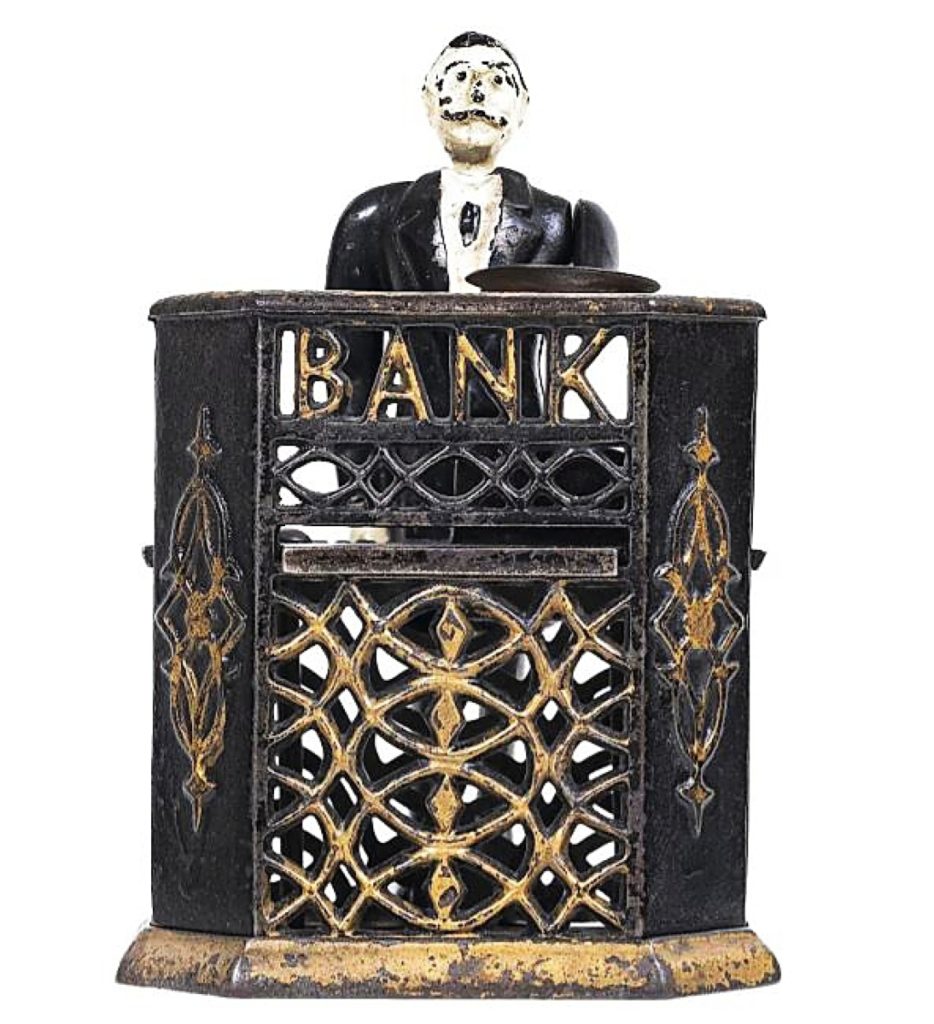
The Bank Teller cast iron mechanical bank realized $48,000. It was designed by Arthur C. Gould and made by the J&E Stevens Company, Cromwell, Conn., in the late 1870s.
From the collection of Edwin Mosler, the price attained for the Bank Teller cast iron mechanical bank, which realized $48,000, would make a banker smile. It was designed by Arthur C. Gould and made by the J&E Stevens Company, Cromwell, Conn., in the late 1870s. As in most mechanical banks, gravity is what effectuates the action of this bank. Coins placed on the tray in the teller’s outstretched hand are deposited because his left shoulder has a free moving joint pin. An internal weight causes the bank to return to its pre-operated position once the coin is deposited. This example and Preacher in the Pulpit, J&E Stevens’ second bank based on Gould’s patent are among the rarest mechanical toy banks in the world.
And speaking of rare, just ten or so specimens of a large-scale tin clockwork toy, the Mechanical Hook Behind toy, are known to exist. That rarity was reflected in the $15,600 price posted for this example made by Ives, Blakeslee & Company, Bridgeport, Conn., in the mid-1880s. Measuring 17 inches long, the toy’s size and weight required a fairly powerful mechanism to generate the energy needed to send this buckboard across the floor. In play, the toy moves forward, the horse gallops, the lady driver moves upwards and the legs of the boy “hooking a ride” at back move vigorously. The catalog noted that in the collecting world of American clockwork toys, this is one of the great holy grails.
Gary Stubbs of Kansas City, Mo., loved cast iron banks and collected them with passion for 20 years. His collection included the rare Queen Victoria bust cast iron mechanical bank. It was made for souvenir sale by an unknown British manufacturer in 1897, marking 60 years of Victoria’s reign. It also brought $15,600.
Punch and Judy puppet shows, which were compact and easy to carry to a street corner, park, or as part of a traveling circus, entertained Americans of all ages during the 1800s. “Bad boy” Punch always managed to get away with mischief, and the combative duo inspired toy versions of themselves. Such was the Punch and Judy cast iron mechanical bank. It was made by Shepard Hardware Company. Buffalo, N.Y., circa early 1890s, and quickly became an integral staple of Shepard’s Excelsior line of mechanical toy banks. The example offered in this sale, described as “absolutely stellar,” featured the scarce medium letters and realized $13,200.
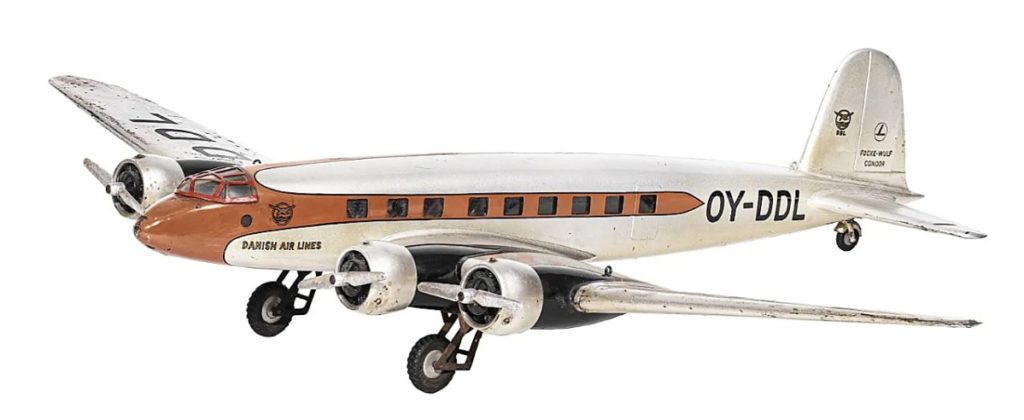
A Marklin Focke-Wulf Fw 200 Condor passenger airliner model thought to have been made for an airline executive for display in his office, sold for $48,000. It advertised Danish Air Lines, was made in 1937 by Gebruder Marklin Company of Goppingen, Germany, and measured 24 inches long with a wingspan of 33 inches. Marked with the Marklin brand logo on its bottom, the plane is scarce; there are only three known examples.
Fetching $12,000, a small Old South Church bank attributed to Smith & Egge Company, Boston, circa 1875, is considered a “holy grail” of the architectural still bank hobby. Its desirability stems from the church’s congregation, first organized in 1669, that over years included many notable historical figures as members – Benjamin Franklin (as a boy) and Samuel Adams, who gave the signals that started the Boston Tea Party from the church’s Old South Meeting House.
Rounding out the sale’s top highlights was an animal-form cast iron mechanical bank, a Gold Pelican with a White Rabbit in its Beak. Selling for $10,200, it was made by J&E Stevens Company, circa 1878.
After the sale, co-owner Leon Weiss noted an interesting trend in this event. There were about 40 lots of wood, lead and brass patterns for both toys and banks being offered, and they proved to be sought-after, indicating that there is a market for the source materials that were used in the toys’ creation.
Prices given include the buyer’s premium as stated by the auction house. The next online sale is April 22, and the next catalog sale is set for May 20. For information, 917-991-7352 or www.rslauctionco.com.









